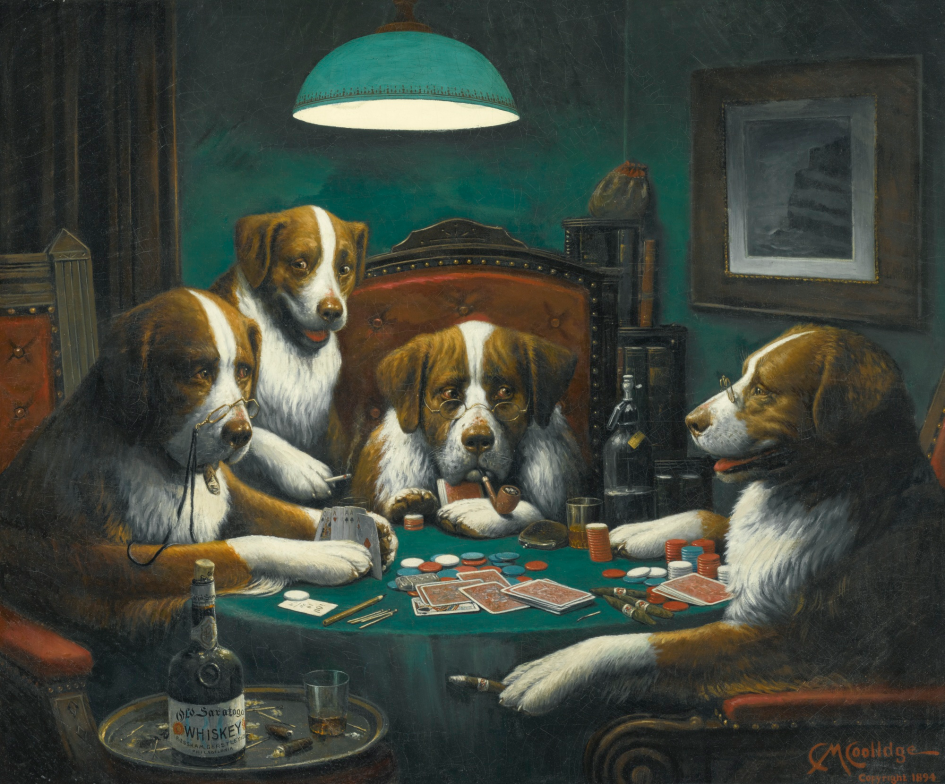Key quote: “There was trepidation; would they get enough out of zoom? But it worked. It worked because everyone suspended their belief that it wouldn’t work.”
Assignment challenge: How to build community in a cohort environment when students are online
In the MCP program, the first week of the semester is Orientation Week where students from a variety of backgrounds, are given an opportunity to dive deep and authentically into the world of community planning. Orientation week is designed to initiate students into the program, but also to create the feeling of belonging to a cohort. Traditionally, first and second year students work in groups on a land-based project where they conceptualize redesign plans for a local client (Pam: can you give an example of a client here?). The projects begin mid-week of the orientation and on Friday student groups present their project to everyone in the program, local planners and members of the community. This year, with everyone being online, how were they going to get students together? How could they work on a local area if they couldn’t get to it?
Solution: Virtual planning project
Pam worked with Mark Holland, fellow MCP faculty, and Felicia Fischer, 2nd year MCP student and VIU Media Studies graduate, to develop the “Great Streets Project”: a land-based project that uses Google Earth to allow students to virtually visit the area they must redesign. Student groups were assigned a “bad street” – one of many streets around the world that are renowned in planning circles to be poorly designed – and they had to work together, using principles of planning, to “fix” it. They had to break it apart, make changes to make it better. To change it into a Great Street.
The goal of this low-stakes assignment was to initiate students to the planning profession and to build community within the cohort. In reflecting on this experience, Pam believes these objectives were met. In fact, students produced results of remarkable quality because of the nature of the task and the accessibility to rich and robust online information. Students rose to the challenge, utilized remarkable creativity and gelled as a community of professional practice, recreating the atmosphere of togetherness that is vital to a cohort.

Leave a Reply